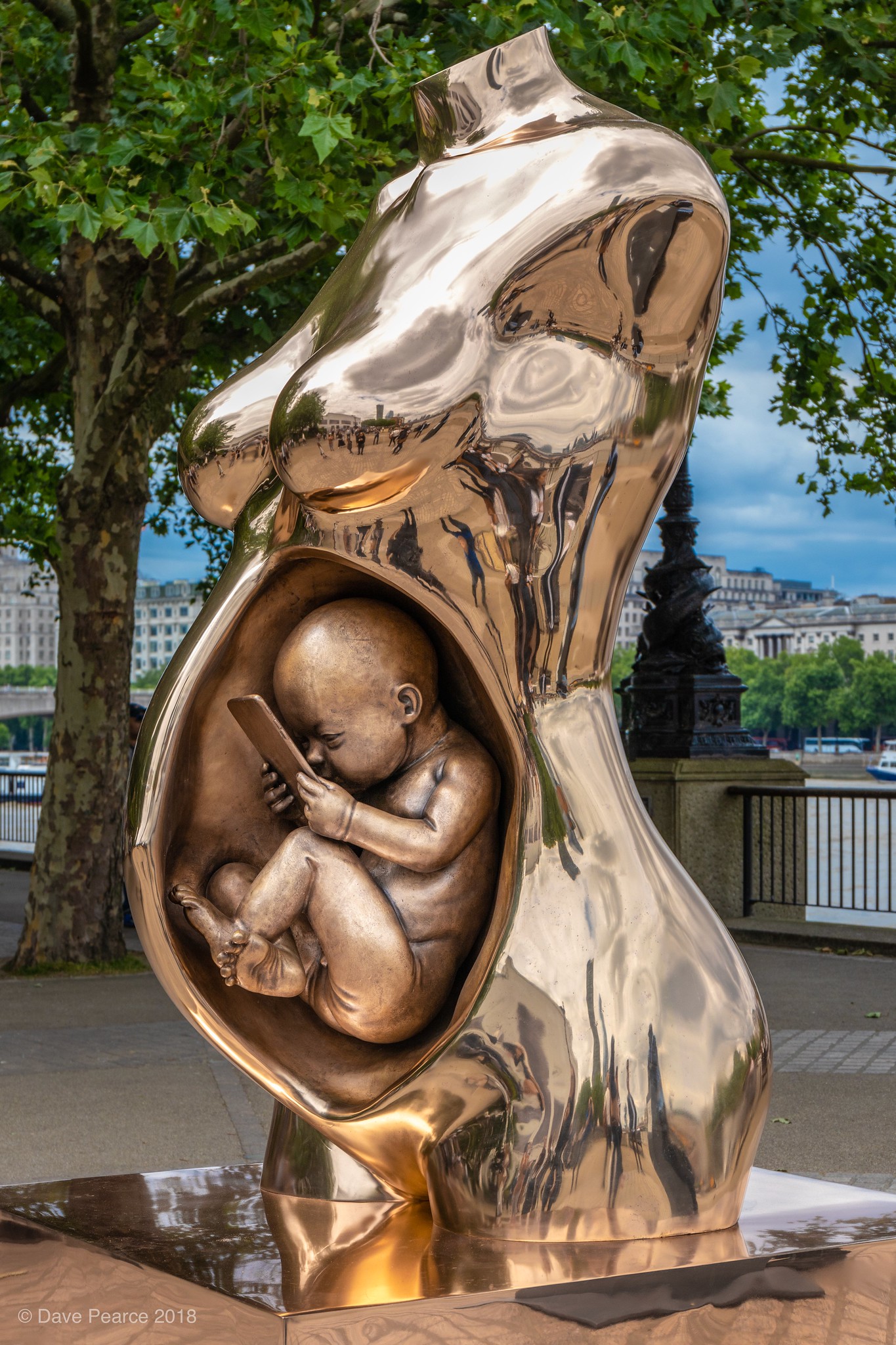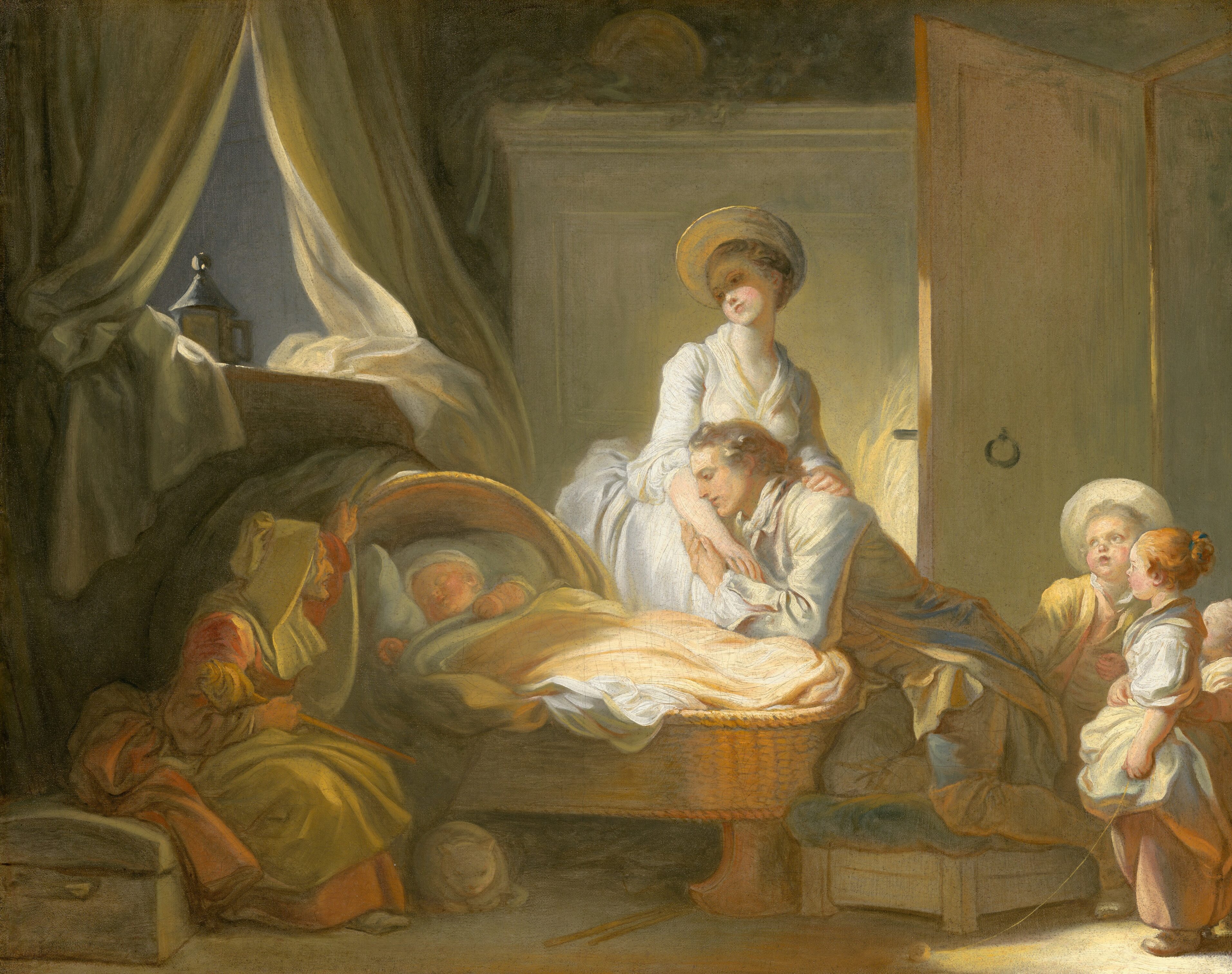“Children know that their mothers and fathers love them, and they trust their guidance. Now children are told that their parents’ judgment about them should not be trusted — that parents may have been mistaken from birth about ‘who’ the child really is.”
Although not a Roman Catholic, as a Christian I affirm their view of body and soul integration. And with them I recognize the creational givens of “sexual identity” over and above “gender identity.”
Here is more about the Catholic understanding.
To understand why the Church warns about gender ideology, it is critical to examine the deceptive anthropology underlying gender ideology. Perhaps the easiest way to understand the anthropological claims made by gender ideology is to look at the “gender-affirming” or “transgender” resources widely used in schools, universities and popular culture to explain “who we are.” Colorful cartoonish graphics like the genderbread person or the gender unicorn depict androgynous figures with labels proposing new categories of identity. Lesson plans designed by activist organizations teach students the vocabulary and core concepts of this new belief system that conflicts with Christian anthropology.
Rather than recognizing the truth that each person, created by God as male or female, is a unity of body and soul, gender ideology claims “the person” is a random assortment of dimensions: “gender identity” (self-perception, regardless of the body), “gender expression” (how you present yourself to others), “sex assigned at birth” (a guess about your identity made by doctors and parents), sexual attraction or emotional attraction (feelings and desires), and anatomical parts (body parts that can be replaced at will). Each of these categories is typically represented as a “spectrum” or as fluid and changeable.
These graphics encourage the child to decide his identity for himself, using these categories to shape his understanding of “who he is.” According to gender ideology, the defining or core aspect of identity of the person is “gender identity.” Human Rights Campaign’s Welcoming Schools “LGBTQ inclusivity” program, for example, describes “gender identity” as “who you know yourself to be in your heart and mind” and teaches children that “our bodies do not determine our gender identity.” This directly contradicts the truth, known by reason and revealed by God, that each of us is created with a unity of body and soul, embodied as male or female. The Catechism of the Catholic Church uses the term “sexual identity” to describe embodiment as male or female and teaches that “everyone must acknowledge and accept his [or her] sexual identity” (No. 2333).
Children are taught to believe that because identity is self-defined, there is an infinite array of gender identities. In Portland’s public schools, for example, social emotional learning lessons (SEL) instruct children that there are as many different “gender identities” as there are stars in the sky. Every person has a “gender identity,” and only the individual child can say what his or her identity is. The child who declares a transgender identity must be believed and affirmed and cannot be challenged. According to gender ideology, it is normal to be “transgender” (an umbrella term for a person whose “gender identity” does not align with his body), just as it is normal to be “cisgender” (a person whose “gender identity” matches his body). This undermines the child’s natural knowledge of human nature, that human beings are embodied as either male or female, and in its place substitutes a new “binary” premised on the belief that some persons are born in the wrong body. In contrast, the Catholic Church teaches that the person is created at conception as a male or female person, with a unity of a human soul and either a male or female body. In other words, God creates you, uniting your soul with your male or female body.
But how does a child discern his or her “gender identity”? The child is taught to compare his or her own behavior and feelings to exaggerated stereotypes of what it means to be male or female. Interests, feelings and preferences are presented as reliable indicators of “gender identity,” while the sexed body is not…..
There’s more. So read the whole thing.
+++
Respecting our God-given nature
“What is true of creation as a whole is true of human nature in particular: there is an order in human nature that we are called to respect. In fact, human nature deserves utmost respect since humanity occupies a singular place in the created order, being created in the image of God (Gn 1:27). To find fulfillment as human persons, to find true happiness, we must respect that order. We did not create human nature; it is a gift from a loving Creator. Nor do we ‘own’ our human nature, as if it were something that we are free to make use of in any way we please. Thus, genuine respect for human dignity requires that decisions about the use of technology be guided by genuine respect for this created order.”
— “Doctrinal Note on the Moral Limits to Technological Manipulation of the Human Body,” March 20, 2023
Wisdom from Pope Francis
“It needs to be emphasized that ‘biological sex and the socio-cultural role of sex (gender) can be distinguished but not separated.’ … It is one thing to be understanding of human weakness and the complexities of life, and another to accept ideologies that attempt to sunder what are inseparable aspects of reality. Let us not fall into the sin of trying to replace the Creator. We are creatures, and not omnipotent. Creation is prior to us and must be received as a gift. At the same time, we are called to protect our humanity, and this means, in the first place, accepting it and respecting it as it was created.”
— Pope Francis, Amoris Laetitia, No. 56
+++
For The Good Of Our Families


